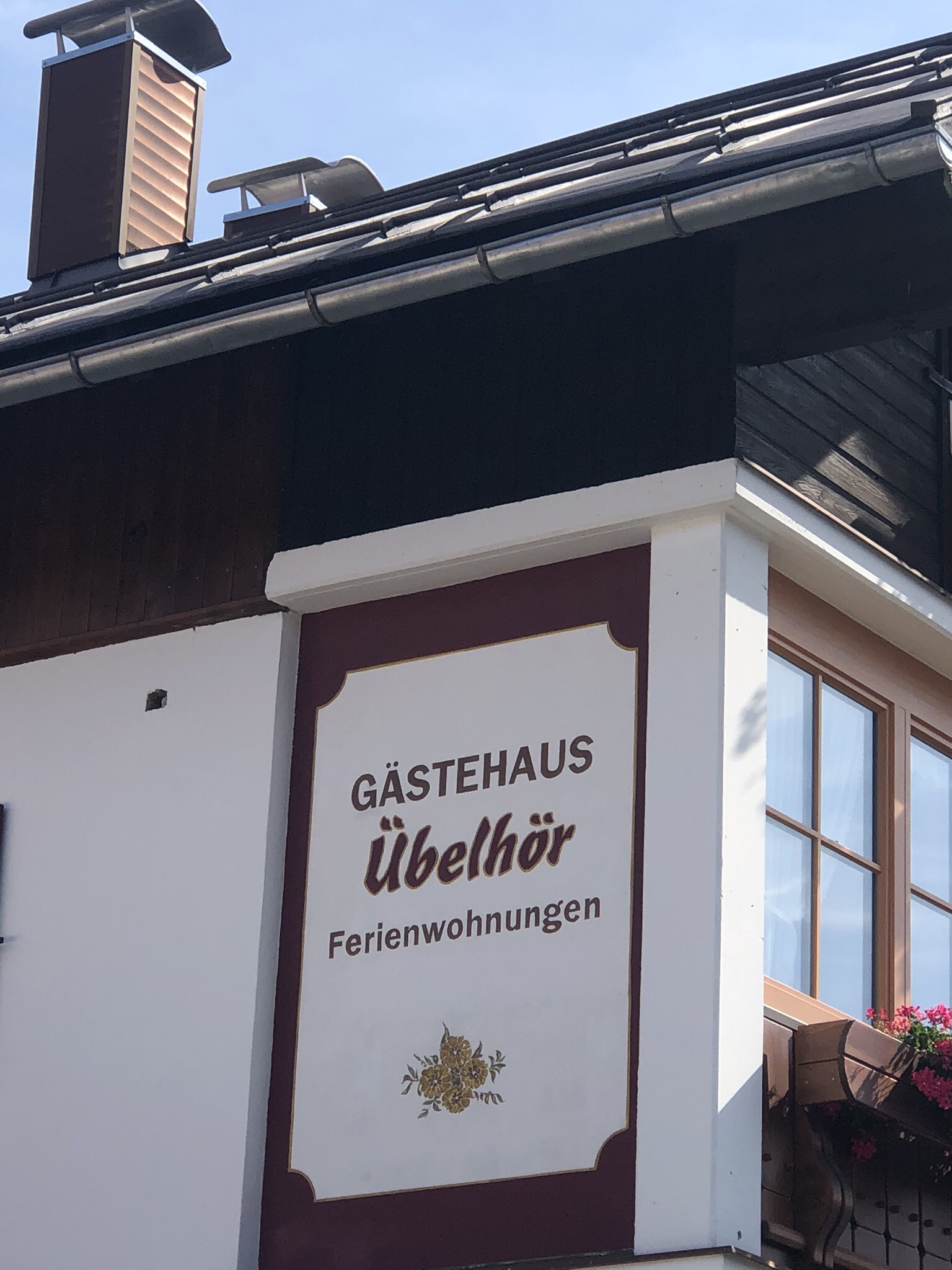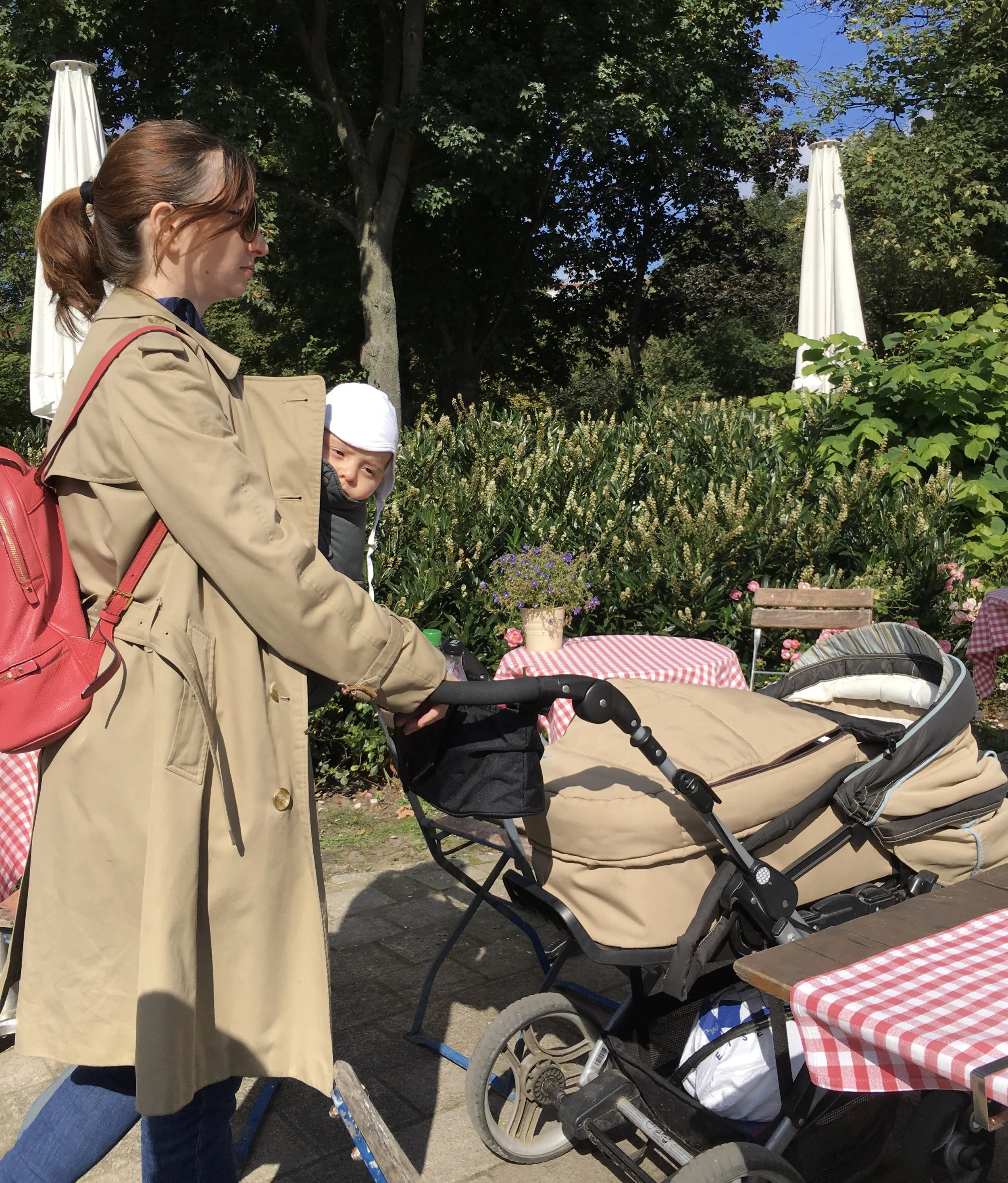The Life Saving Jig-Saw Puzzle
Adele is a bit of a jig-saw puzzle fanatic. So are her friends. So is much of the country. You cannot find a jig-saw puzzle in Michael’s or Walmart or any of the art and hobby stores. They are all sold out. You can find jig-saw puzzles online, but you will have to wait an average of three months or more for delivery. What is it about jig-saw puzzles that draws people to the test during this duration of epidemic?
Adele’s latest 1,500 piece puzzle
Remember as kids, how we used to put together those large form 8-piece puzzles. We had such a feeling of accomplishment when they all came together. And, we had found pleasure in turning the puzzle upside down and watching as all the pieces tumbled into disarray. Then, we had the opportunity to repeat, be awed, and think we are wonderful all over again. I think the first reason we love jig-saw puzzles is that sense of completion. They have a beginning and an end.
The second reason I think jig-saw puzzles are in such high demand is that they demand order in your approach to them. First finding the border pieces, separating by color or other distinctive markings that place pieces in a section of the puzzle, and finally, beginning to put together the puzzle pieces.
This is a rather complex process which brings us to the third quality of jigsaw puzzles. They demand attention. They take us away from the heightened emotional and psychological states so distracting and disturbing and deliver us to a place of calm and relative peace. These latter qualities of inner calm and peace, I would contend represent the fourth gift provided by jig-saw puzzles.
A 1,000 piece puzzle
COMPLETION
ORDER
ATTENTION
PEACE
This is not to suggest that meditation, piano playing, a coloring book, or a Mozart concerto cannot offer the same relief and benefit. But, those activities present little surprise to us. Its the fact that friends and family are trading jig-saw puzzles, reserving them to ensure they are on the list of traders, that fascinated me.
In other words, its service is to provide the diametrical opposite state of being in our current reality. Since “Orange-pusses” election, there has been an interminable desire to terminate this mayhem - to put an end to the corruption, lies, deception and abuse of power. It seems that our democracy is frayed and unraveling and we are losing all sense of order. These ‘tricksters’ have utilized ‘sleights of hand’ to distract and obfuscate what is important only to benefit themselves. Worse, unlike Mister “I can’t find the way to my mouth”, there are many in the administration who are ‘true believers’ and want to convert this union of ‘united’ states to a religious state where love is expressed as ‘anti-abortion’ and ‘law and order’. All this chaos and threat demands distraction from the care we wish to give to our everyday lives. And finally, jig-saw puzzles are an antidote to the constant upheaval of the moment. That is the job of a fascist. To create societal unrest, to provide easy solutions even at the expense of your neighbor, to enforce limitations to protests and gatherings, to malign the media and the very federal laws and institutions that gave people the rights to be crazy and out of control, and to identify the reasonable and rational, the concerned and caring, the frail and weak, the minorities and immigrants as a threat to freedom. They, in effect, turn this complex puzzle upside down and lay claim as the only ones to set it right.
I may be reading too much into a jig-saw puzzle, but if we don’t find the means to rid ourselves of these very evil-doers and defeat them totally and utterly in November, we may have to line up way earlier and wait significantly longer to get our hands on a jig-saw puzzle while living in one.
VOTE!



































































































































